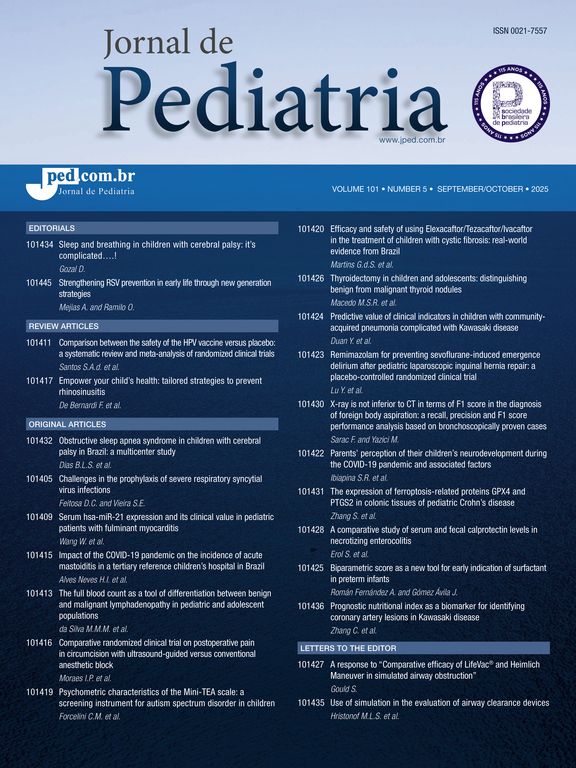The varicella vaccine developed by Takahashi and cols. in 1974, in Japan, shows outstanding features. Its development, site and route of administration and final results are reviewed in this article. The varicella vaccine is highly effective in normal children (with almost 100% seroconversion rate), and with good protective responses in immunocompromised children (82% to 90% seroconversion rate). This is the first attenuated live virus vaccine that may be recommended for these patients. Its indications and side effects, along with needed precautions and contraindications are reviewed. Simultaneous administration of varicella vaccine with other vaccines can be done, each vaccine should be injected at different sites. New studies are ongoing for the association of the varicella vaccine with others vaccines. Several countries licensed this vaccine for administration in selected high-risk individuals. Probably, in the future, the varicella vaccine will be included in the preventive immunization schedule.
The Impact Factor measures the average number of citations received in a particular year by papers published in the journal during the two preceding years.
© Clarivate Analytics, Journal Citation Reports 2025
SRJ is a prestige metric based on the idea that not all citations are the same. SJR uses a similar algorithm as the Google page rank; it provides a quantitative and qualitative measure of the journal's impact.
See moreSNIP measures contextual citation impact by wighting citations based on the total number of citations in a subject field.
See more







